Happy New Year everyone! As Chinese New Year is approaching on the 8th of February, I thought it would be fitting to write about champagne.
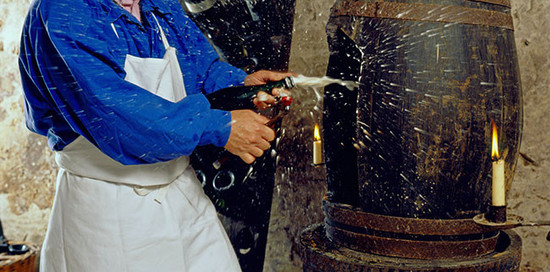 Image: Disgorgement © Decanter
Image: Disgorgement © Decanter
Champagne is close to my heart because it was the subject of my Masters of Wine dissertation entitled: Non-vintage champagne disgorgement date labelling: Understanding the perspectives of the UK trade and champagne producers.
I was curious about the disgorgement dates found on certain champagne bottles such as Charles Heidsieck, Bruno Paillard and Tarlant so I made it the topic of my research. I wanted to explore the reasons for putting them on, specifically non-vintage (NV), bottles.
Disgorgement dates indicate the date the champagne was cleared of its lees.
You may wonder why this date matters as it has no bearing on the quality of the champagne, only potentially giving an indication of its flavour profile.
Although it may not be common knowledge, champagne, in addition to being able to age on its lees, gaining biscuity aromas, also has the ability to age post-disgorgement in the absence of its lees, gaining toasty aromas. Therefore, if you have the same NV champagne with two different disgorgement dates, they can taste quite different.
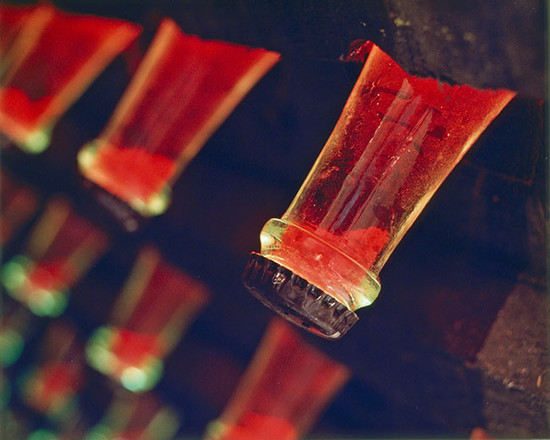 Image: Lees in bottle © Decanter
Image: Lees in bottle © Decanter
For those who prefer toasty, brioche aromas, in comparison to fresh citrus fruit aromas, I would suggest purchasing a bottle with an older disgorgement date over a more recent date.
Don’t worry if you can’t find any dates on a bottle, not all champagnes provide disgorgement date information. Non-vintage champagne is meant to display a consistent house style and the bottles should taste more or less similar.
If you plan on cellaring NV champagne for a period of time to allow post-disgorgement ageing with champagnes without a disgorgement date, it is handy to write the date of purchase on the bottle, otherwise it could become difficult to keep track of your NV champagne development and stock rotation.
If you do come across a disgorgement date in the future, you will now know what it means and what you can do with it, such as experiment by tasting different disgorgement dates side by side, in addition to using them to keep your cellar organised.
Please note: disgorgement dates are not unique to Champagne, you can sometimes see them on other traditional method sparkling wines such as Cava, Franciacorta and English sparkling wines.
Translated by Sylvia Wu / 吴嘉溦
All rights reserved by Future plc. No part of this publication may be reproduced, distributed or transmitted in any form or by any means without the prior written permission of Decanter.
Only Official Media Partners (see About us) of DecanterChina.com may republish part of the content from the site without prior permission under strict Terms & Conditions. Contact china@decanter.com to learn about how to become an Official Media Partner of DecanterChina.com.


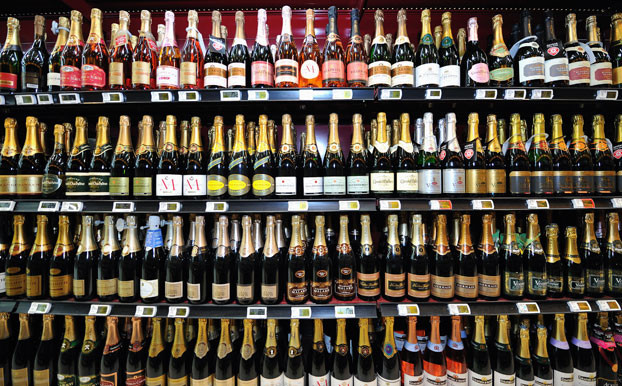
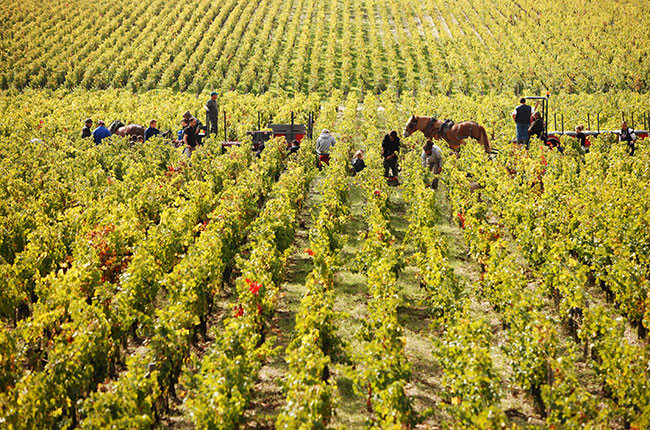

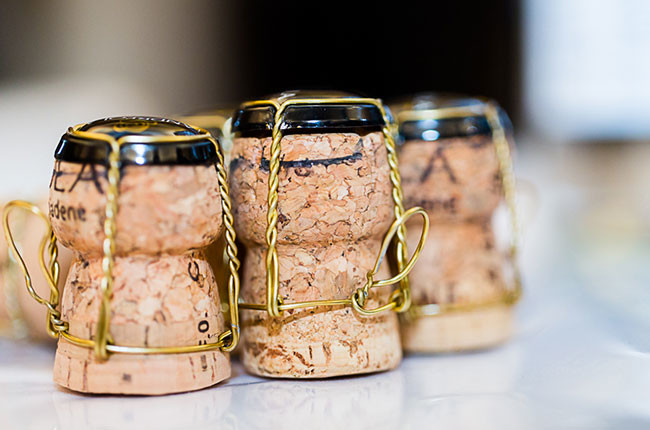
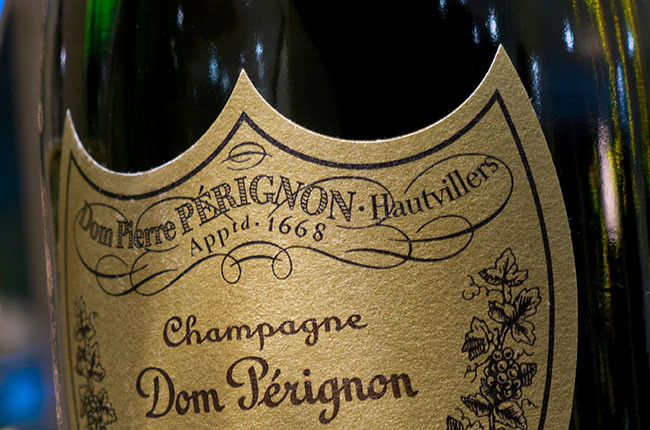
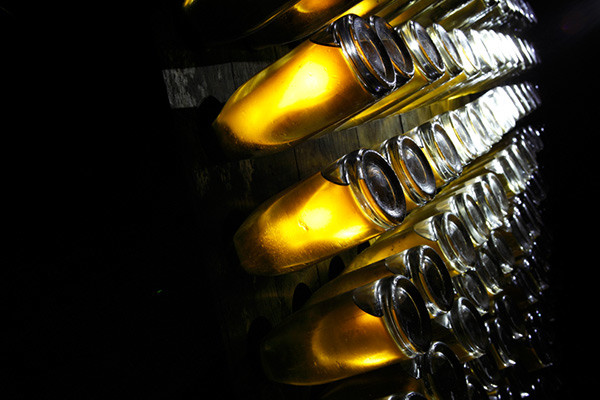
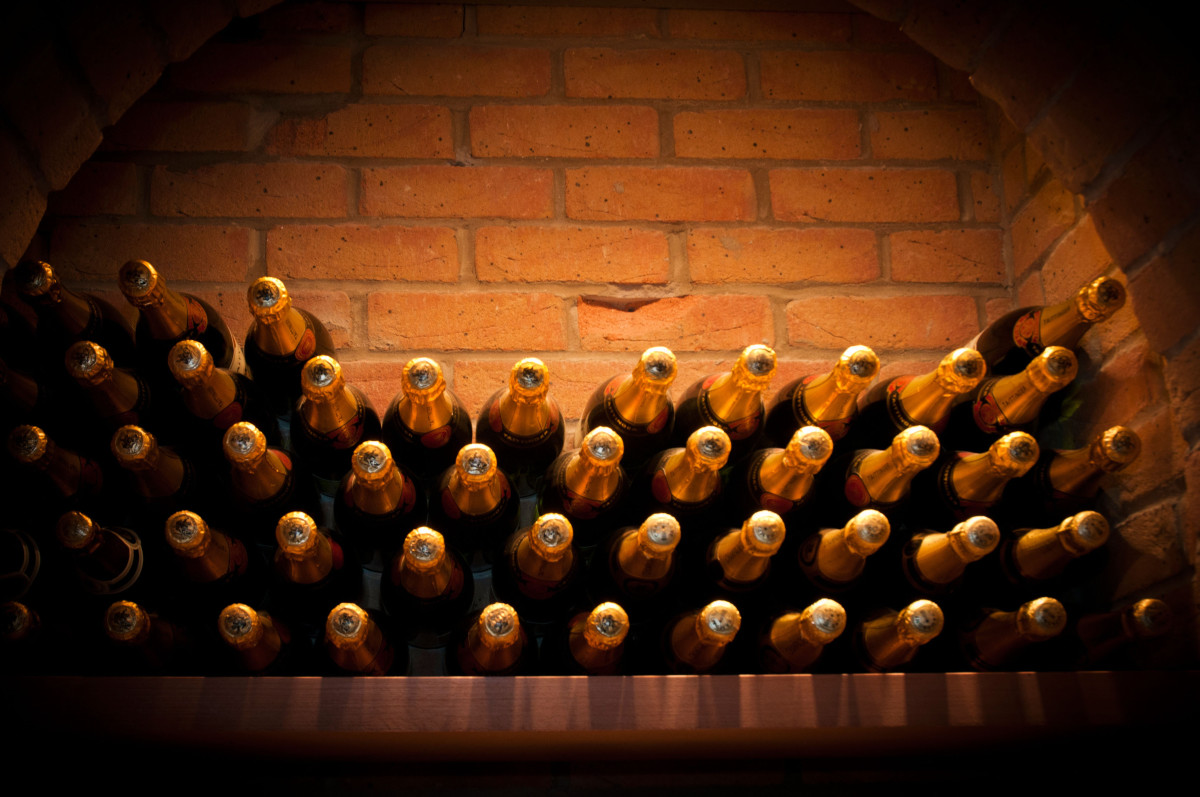



Comments
Submit